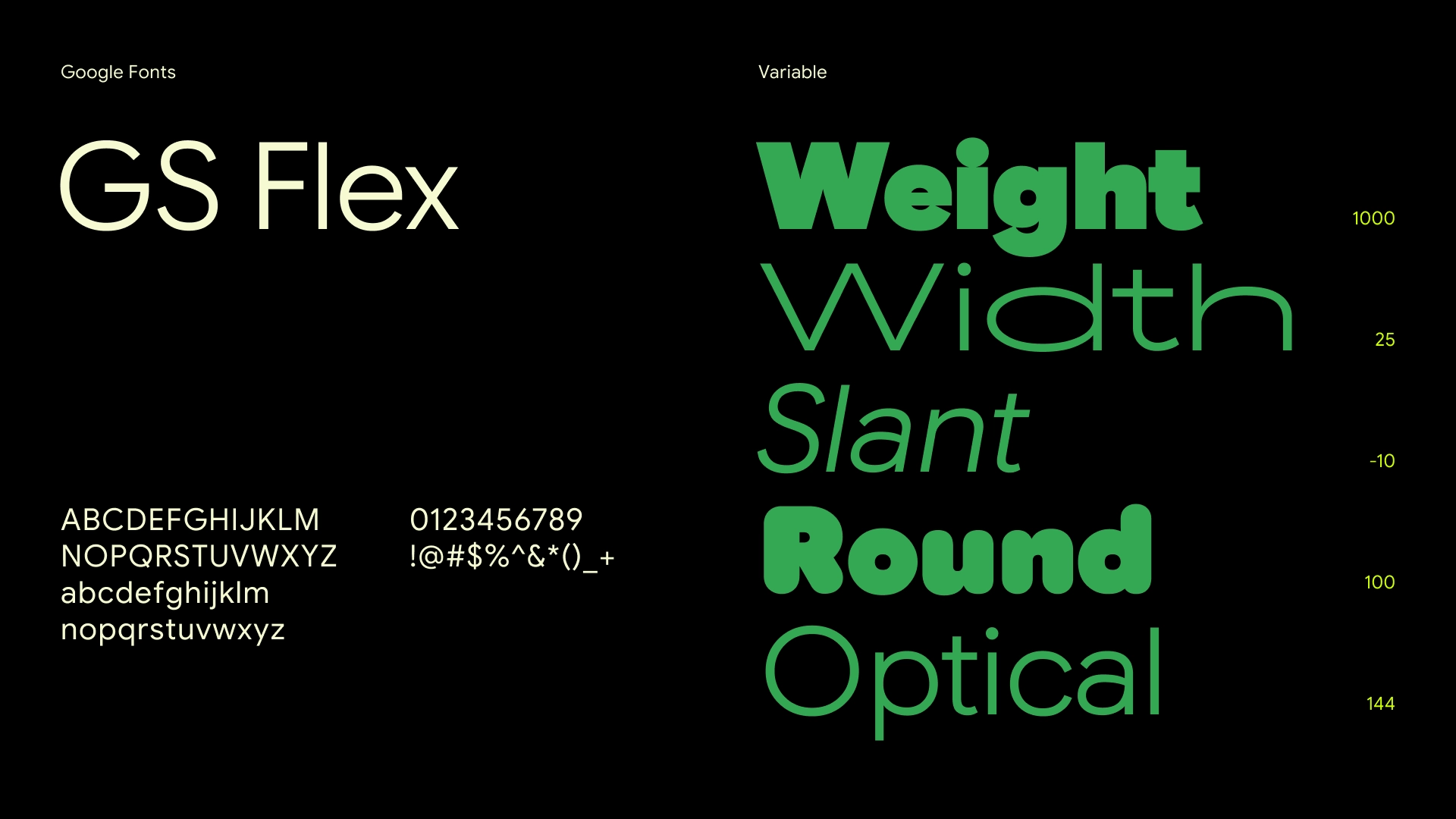Google has recently released its new typeface, Google Sans Flex, as an open-source font, which is exciting news for developers and designers alike. This modern sans serif font is designed for screens and operating systems, providing a fresh take on the previous proprietary Google Sans font. The designer, David Berlow from Font Bureau, has rebuilt this typeface from the ground up to enhance its usability and versatility.
The term "Flex" refers to the font’s variable aspects, allowing for an array of adjustments such as weight, width, optical size, slant, and rounded terminals. This adaptability makes Google Sans Flex particularly beneficial for Android and web developers who are focused on creating expressive designs.
Changing your system font can be an easy way to update the look of your Ubuntu desktop without needing extensive theme adjustments. Although Linux desktop environments currently don’t take full advantage of the variable font features, Google Sans Flex still offers a stylish and professional appearance. It shines especially on high-resolution displays with fractional scaling.
Interested in trying out Google Sans Flex? It is obtainable under the SIL Open Font License, allowing for modification and redistribution. To download and install the font, follow these steps:
- Visit Google Fonts
- Search for ‘Google Sans Flex’
- Click on “Get Font” > “Download All”
- Extract the ZIP file
- Move the .ttf file to
~/.local/share/fontsor install it via your desktop’s font manager
After installation, the font will be accessible for use in applications and settings. To change the UI font on Ubuntu, utilize the GNOME Tweaks tool. Open it, navigate to the Appearance section, and select Google Sans Flex as your UI font. Note that while variable options will appear, GNOME may only render the ‘regular’ version.
For more details on how to adjust Ubuntu’s appearance, you can check out the guide on changing the UI font.
